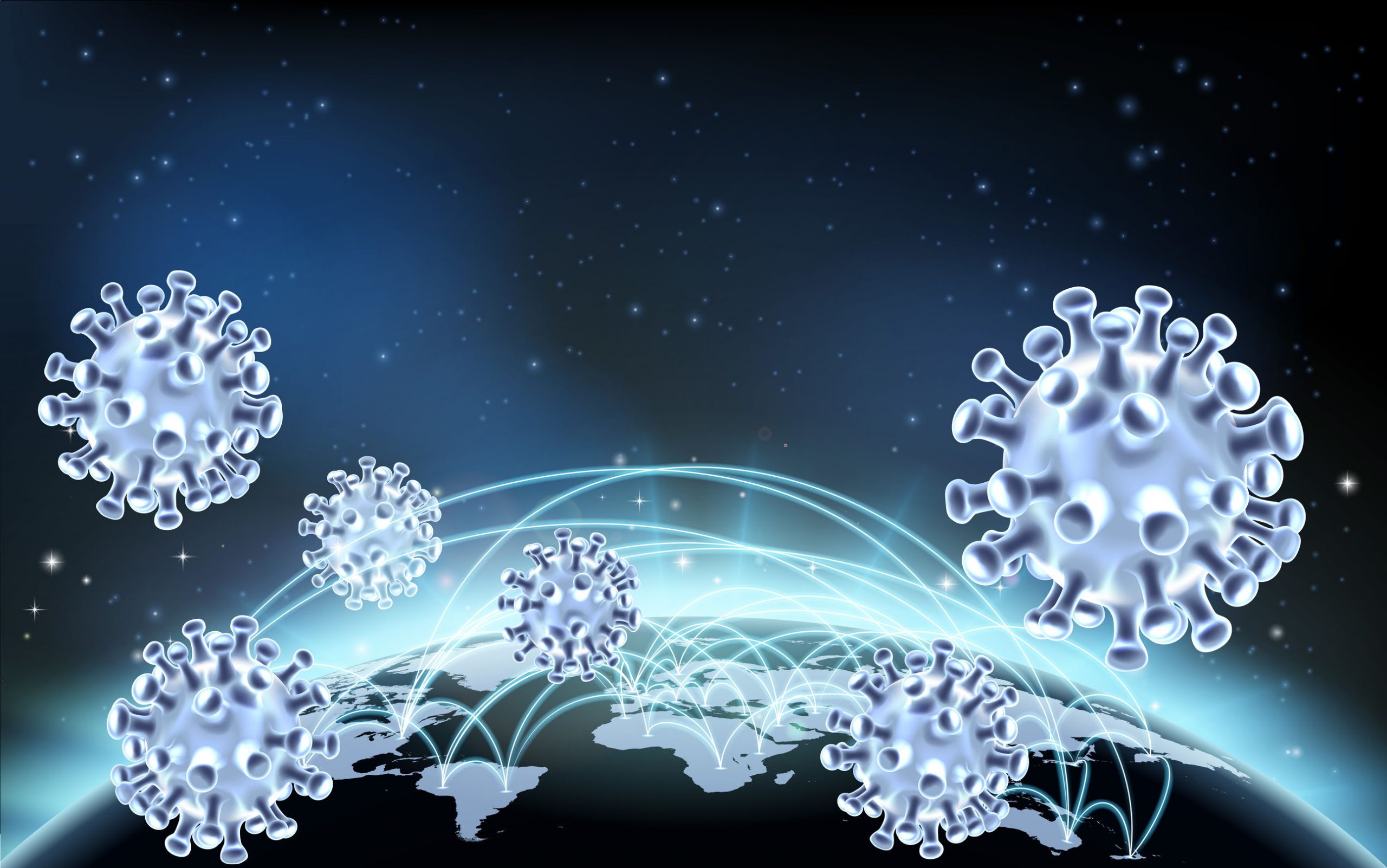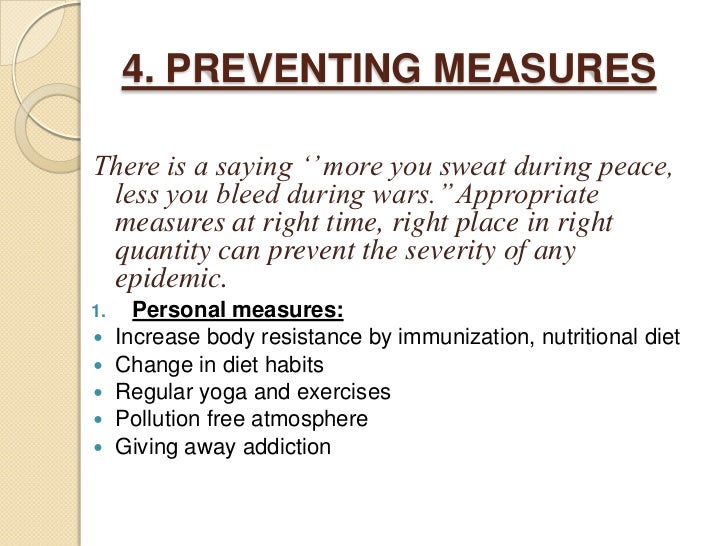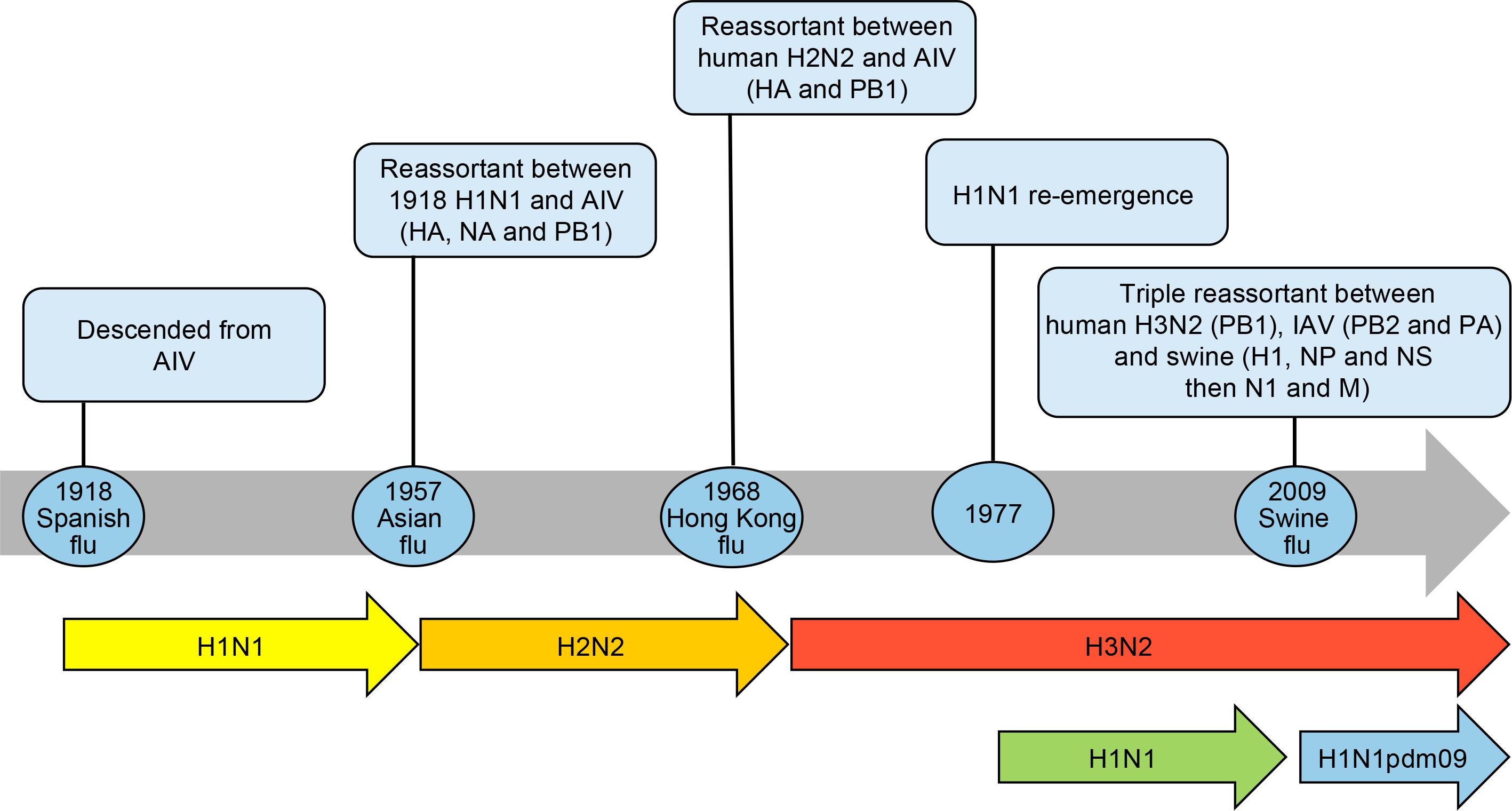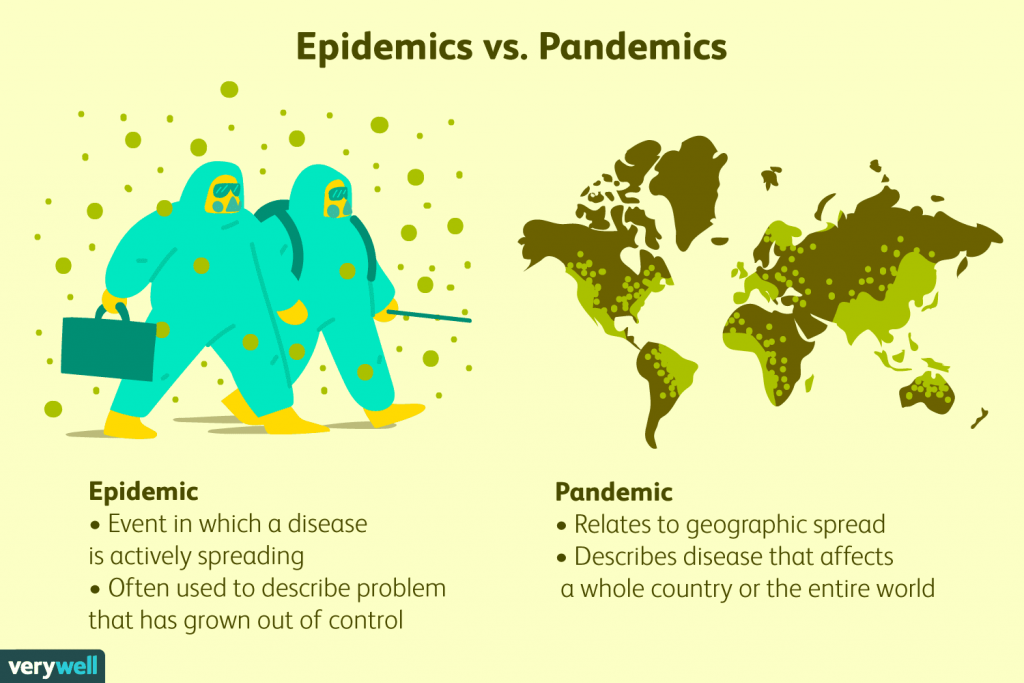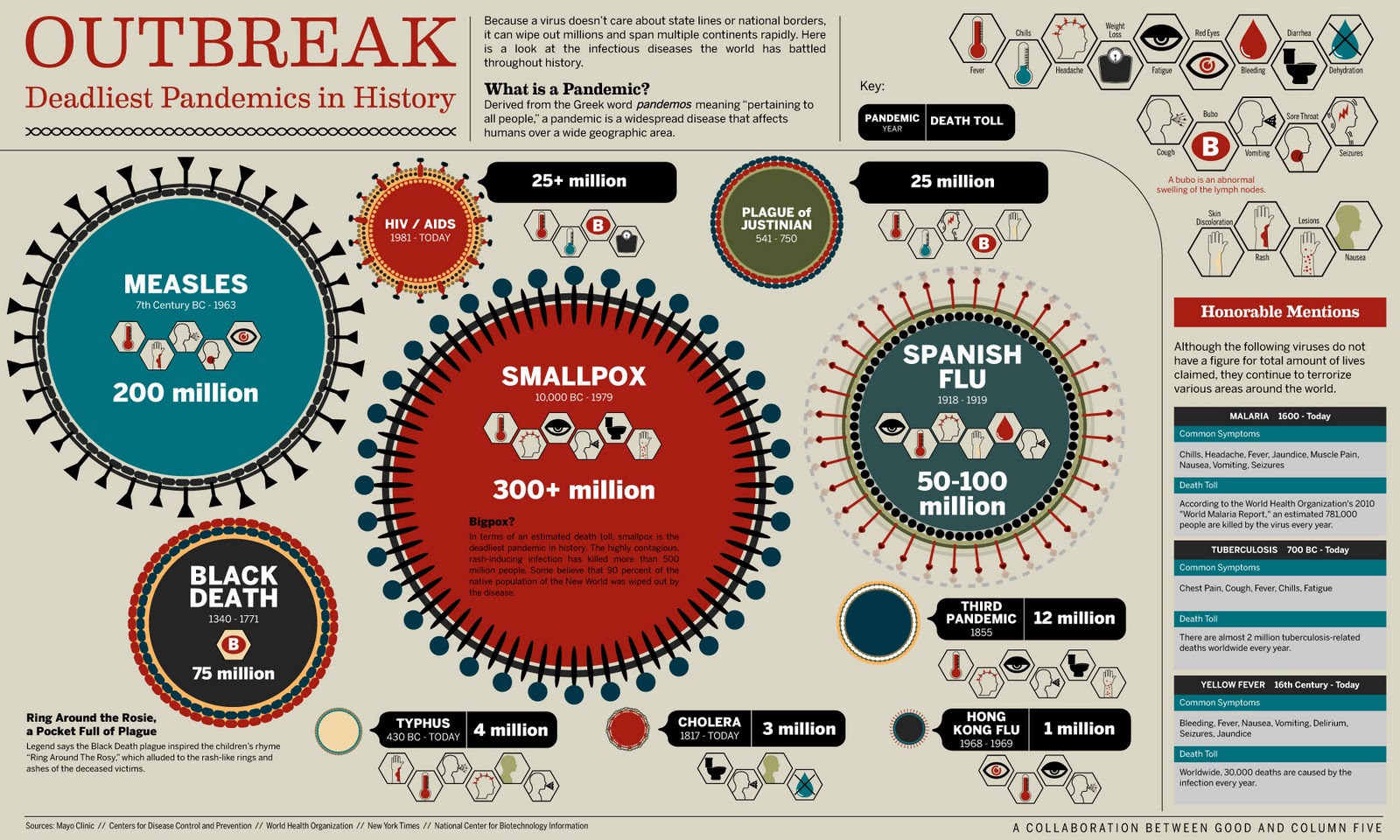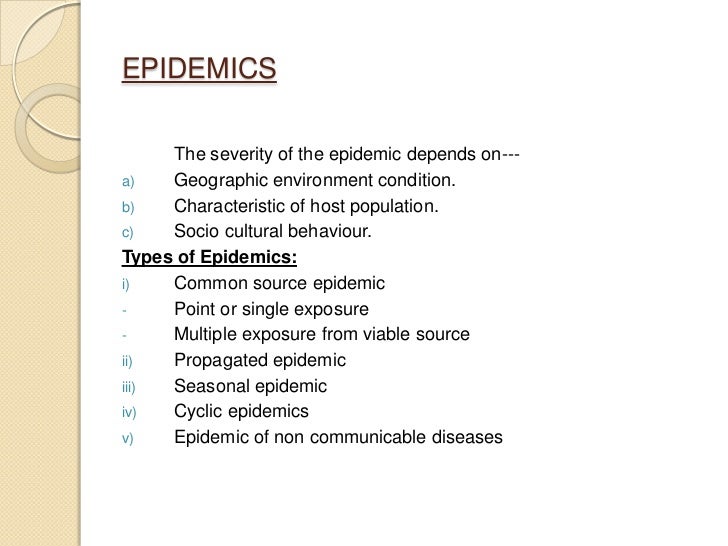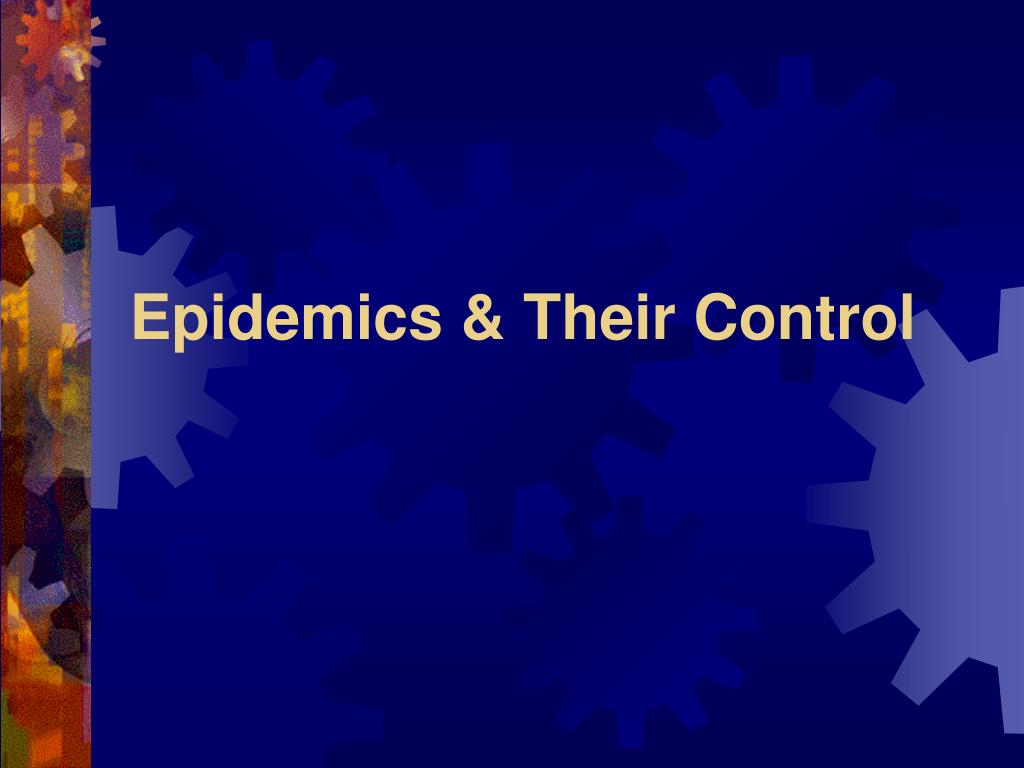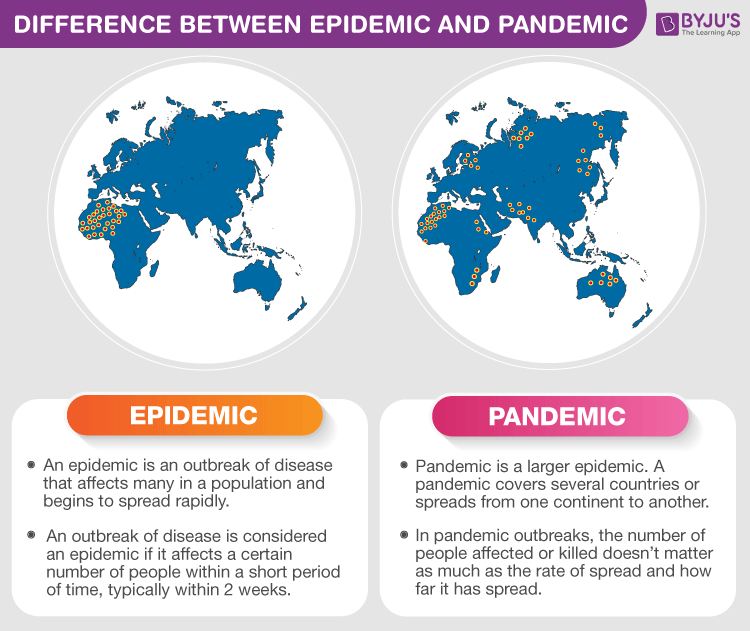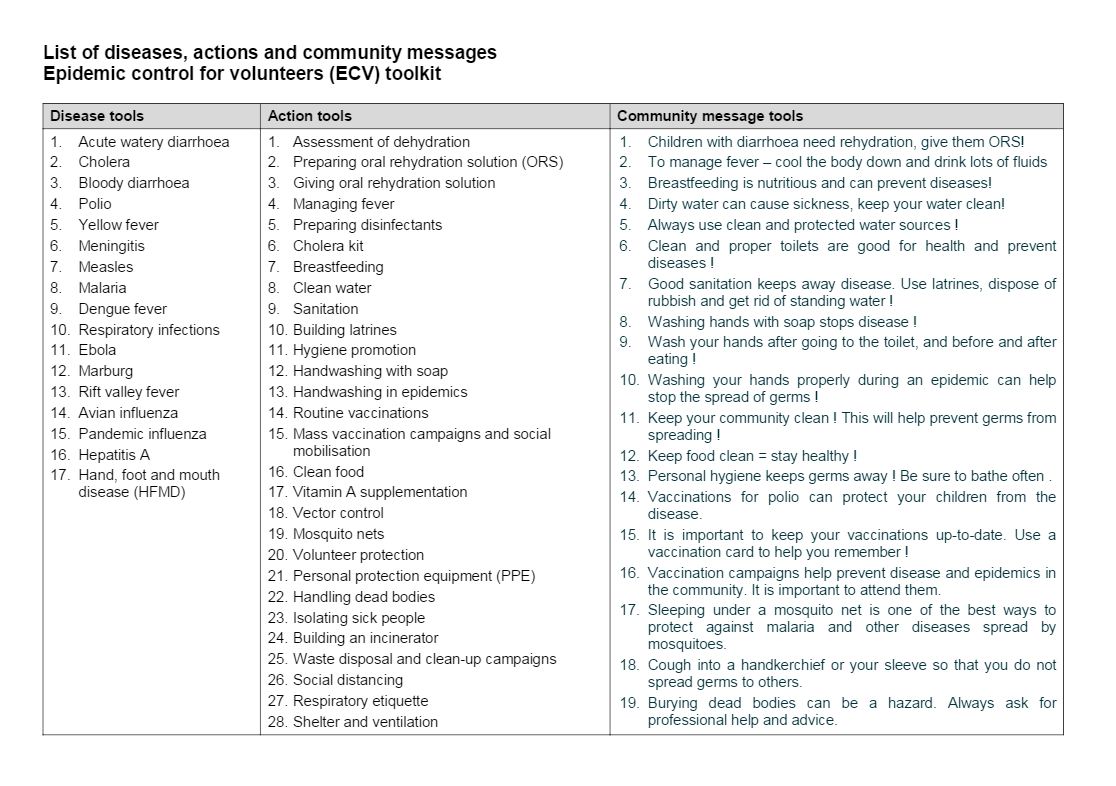Who Else Wants Tips About How To Control Epidemics

Historically, each crisis has been.
How to control epidemics. About 60% of infectious diseases are caused by viruses, bacteria and other pathogens that make the. Measles is so contagious and has such a long incubation period that the decision of the state’s surgeon general dr. Joseph ladapo to let parents decide whether.
The novel coronavirus pandemic is the perfect model for understanding what exactly a pandemic is and how it impacts life on a global scale. Optimal control of epidemics in metapopulations. Global epidemic events, that is, plague, influenza, coronaviruses have been evolving from deadly human pathogens.
On par with seasonal trends, cases of norovirus have continued to climb in the us, according to the most recent data from the us centers for disease control and. Understanding pandemics and how to control them. In this article, we highlight the most effective initiatives for the control and prevention of infectious diseases:
Additionally, modern advances in genetic sequencing technology are making it easier for experts to track outbreaks and identify their source. In a foot and mouth outbreak, uncertainty about how far and how fast infection may spread from farm to farm might be critical to. How to control an epidemic?
Alongside localised and rapid control, this surveillance needs to be deployed before diseases become epidemics or pandemics. Published online by cambridge university press: There are three pillars that they teach us public health professionals about epidemics and public health programs to control diseases.
Making the case for a strategic action. Here’s what to know about noroviruses, which can cause vomiting and diarrhea known as stomach flu, including symptoms and prevention. Take foot and mouth disease.



